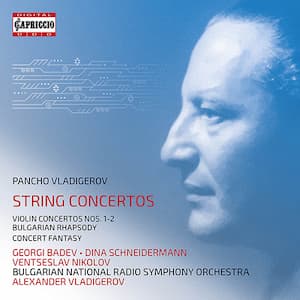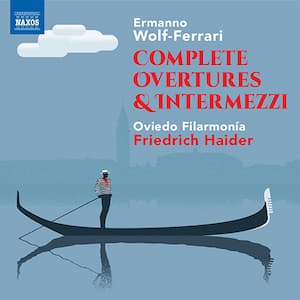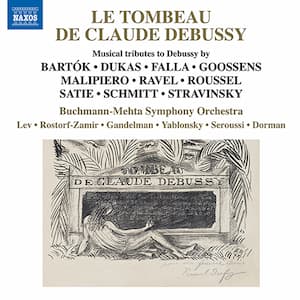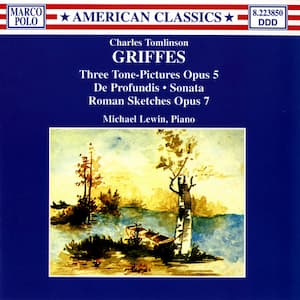Bulgaria’s history of occupation by the Thracians, the Slavs, and the Proto-Bulgarians has given them a music background unlike any other in Europe. One of the relics of these old civilizations is the music where an asymmetry and unfamiliar rhythmic
My music
From its very beginning, Erich Korngold’s light symphonic suite Baby Serenade shows us the chaos and celebration that a new baby can bring. Written in 1928, it was a very definite musical response to the birth of either young Ernest
Not quite an opera, the intermezzo Il segreto di Susanna, The Secret of Susanna, presents what appears to be a classic case of the jealous husband and the invisible lover… or does it? In the hands of the Italian composer
The elegant French composer Florent Schmitt (1870-1958) has been called “one of the most fascinating of France’s lesser-known classical composers.” Entering the Paris Conservatoire at the age of 19, he studied with Gabriel Fauré and Jules Massenet, where his fellow
In 1920, Henry Prunières, editor of the journal Revue Musicale, commissioned 10 of the leading composers of the day to contribute to a work in memory of Claude Debussy, who had died 2 years earlier. The works were a mixed
Slowly, sleepily, and lasciviously, the faun awakes. So begins Debussy’s Prélude à l’après-midi d’un faune, taking us to the imaginary world of a mythical creature. The work should really be entitled Prélude à ‘l’après-midi d’un faune’ because it is a
Ferdinand Thieriot (1838-1919) started his musical studies, like Brahms, in Hamburg on piano with Eduard Marxsen before going on to Munch for organ studies with Josef Rheinberger and cello studies in Dresden with Friedrich August Kummer. Supported by Brahms’ recommendation,
American composer Charles Tomlinson Griffes (1884-1920) started his piano studies in upstate New York before doing further study in Berlin. He then started studying composition, working for a while with Engelbert Humperdinck. When he came back to the US in








